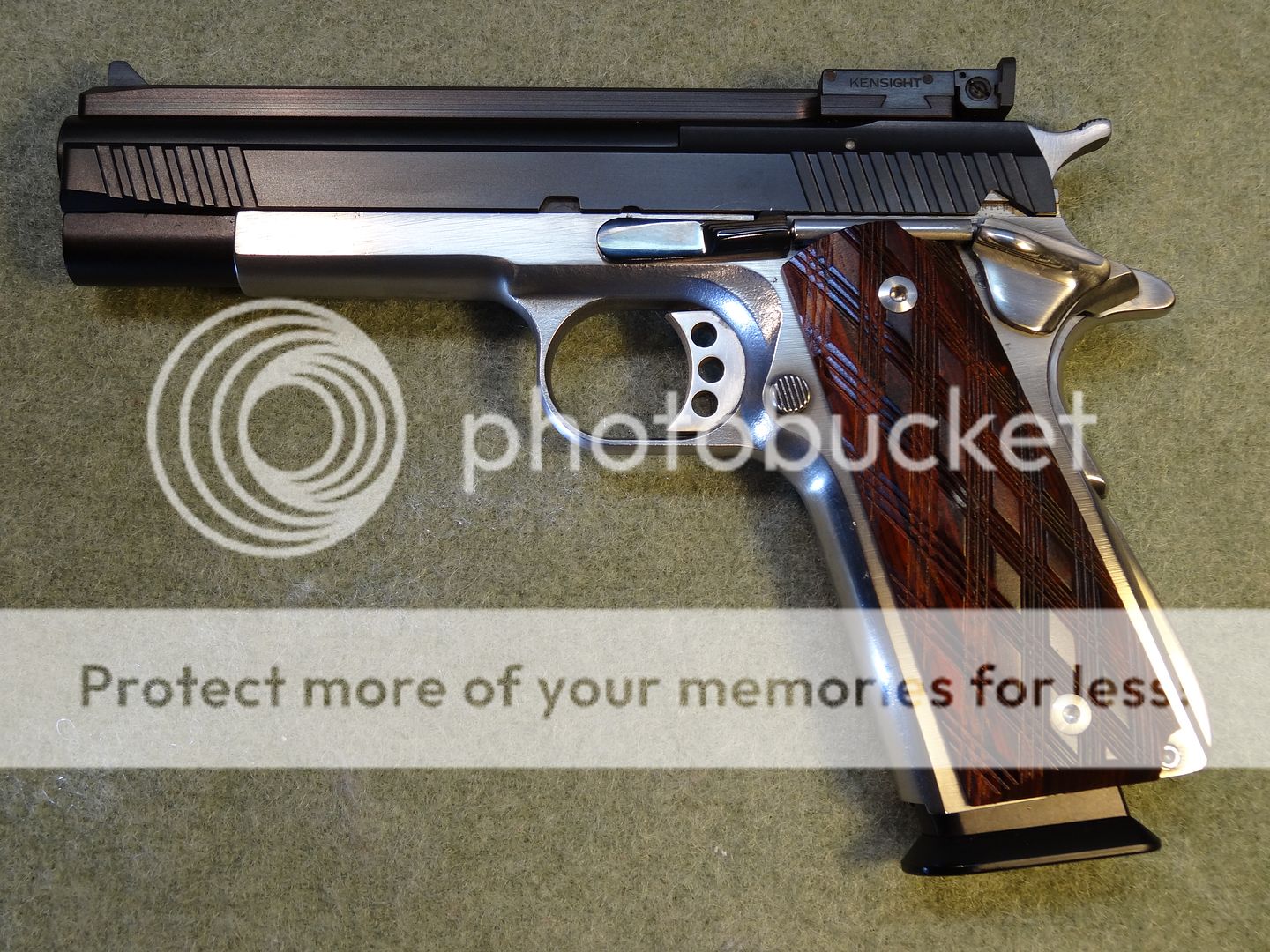I don't think it was the fault of training. Most LE recruits have very little or no experience with fireams. The instructors have trained hundreds, if not thousands.
I won't speculate on the quality of the instruction, but I don't know if your anecdote is directly relevant.
Training requires practice. Many thousands of rounds fired. There are costs associated with the volume of practice required. Those costs are small for a well funded government in peacetime. They are moderate for a normal police department. They are significant for most individuals.
A peacetime military may be able to provide ample training ammunition from their normal rotation of aging stockpiles, making training ammo effectively free. They may in fact have more ammo aging out than they can use in practice. There is little reason for procuring reduced cost training ammo at the same time you are discarding ammo due to age. But in wartime...well, there was .22 training in WWII.
Likewise, a state police training agency is likely training a very small number of recruits and could easily absorb the equivalent of a year's salary per recruit in training ammo...which is likely more than it would actually cost. Since it is not their money being spent they have little or no incentive to economize, though they may have reason to justify the expense publicly.
Both of those cases also have time constraints. It takes time to practice, and each extra day of training costs money.
But does that apply to the OP?
I would be happy to learn that spending $1,500 instead of $500 for an equivalent number of practice rounds was not a financial consideration...or $10,000 vs $500 for that matter, but realistically the odds are that it is. It is generally going to be more likely that limiting an individual to practicing only with center fire ammo means cutting the amount of practice. $1,500 will pay for 10,000rds of cheap 9mm, or 20,000rds of .22 plus 3,333rds of cheap 9mm. Same dollars, more than twice the rounds fired. Also more time required but if it is a hobby instead of a job that's not a bad thing.
If you put someone who has shot 10,000rds of 9mm against someone who has shot 9,900rds of .22 and 100rds of 9mm I'd bet on the person who shot 10,000rds of 9mm. On the other hand if you put someone who has shot 10,000rds of 9mm against someone who has shot 20,000rds of .22 and 3,333rds of 9mm? I'm going to bet on the one with 23,333rds of practice.
Your story likely came from a time and round count limited training course. They likely fired similar round counts for the .22+.357 class as for the .357 only class. If that's the case, your story is completely plausible, but I don't know that it is relevant.


